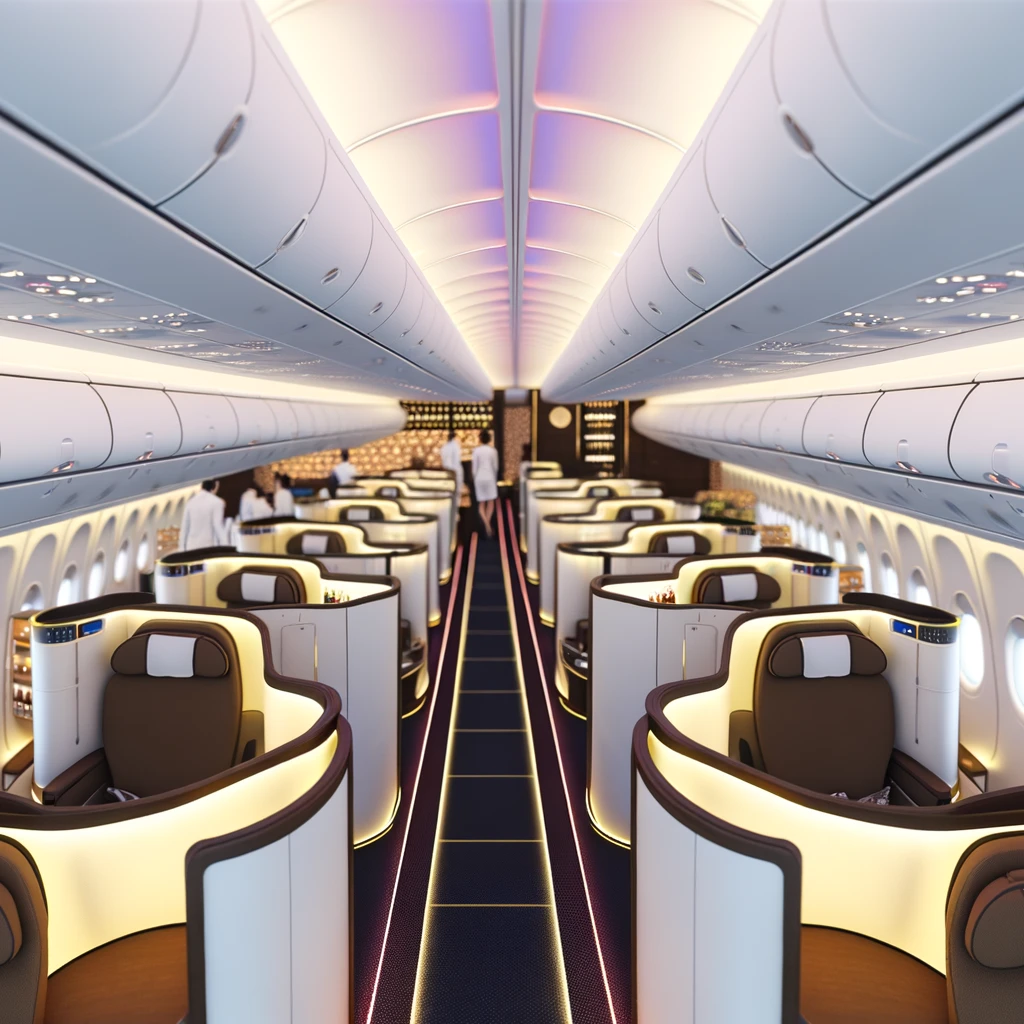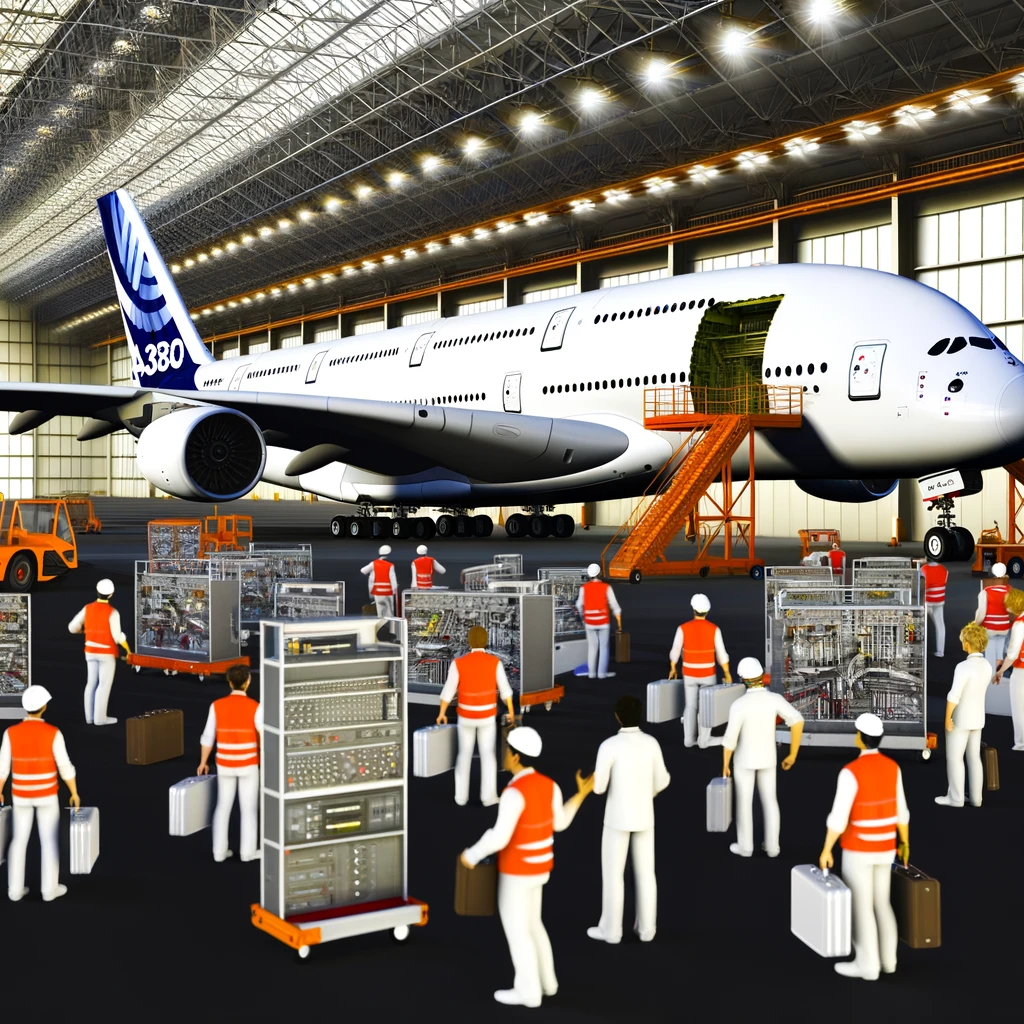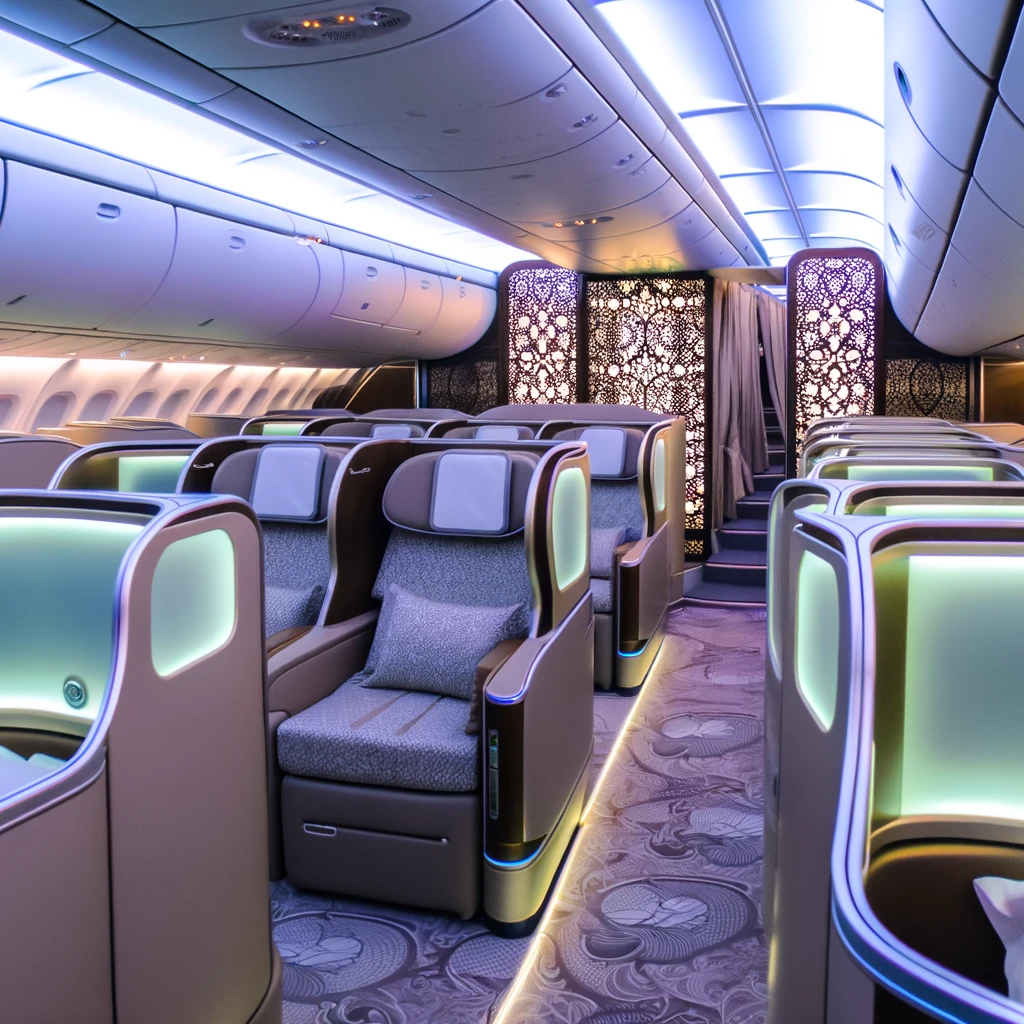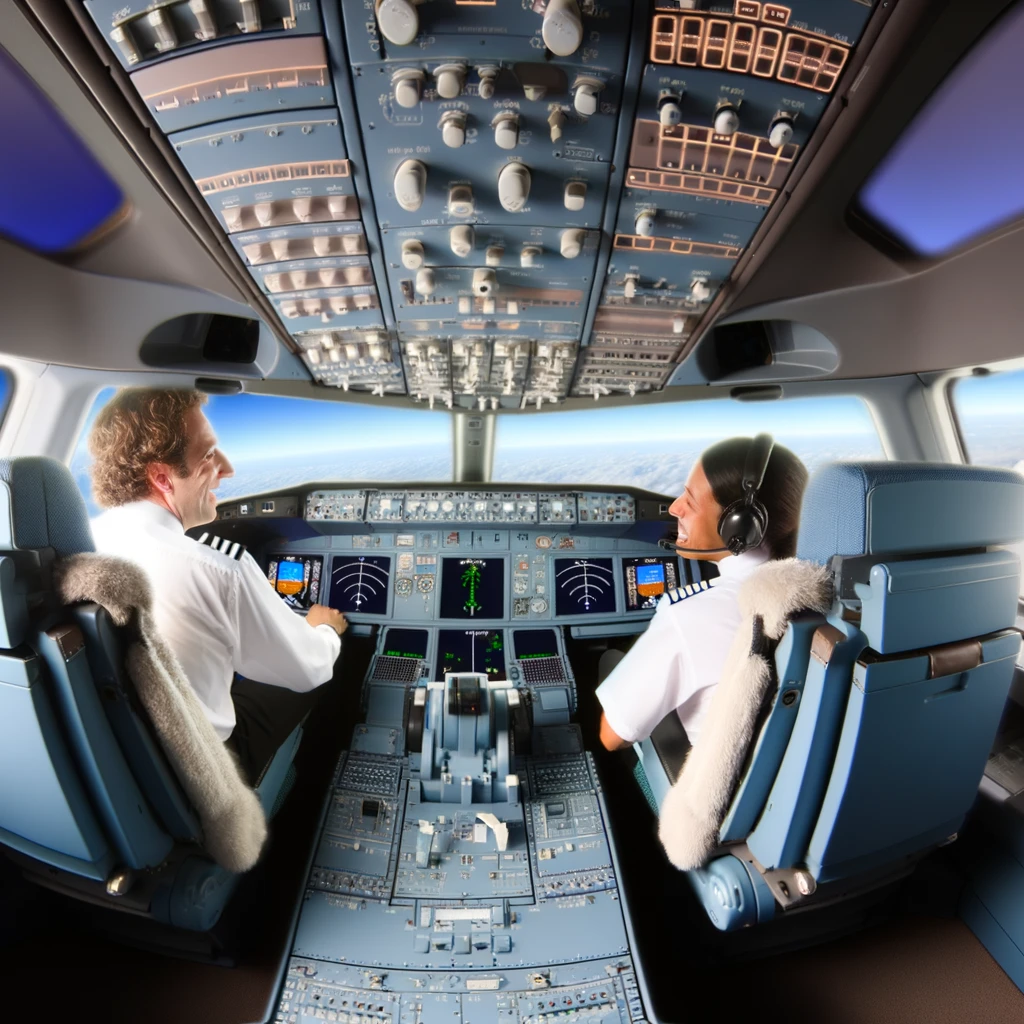
The Airbus A380: A Symbol of International Cooperation in Aviation
The Airbus A380 is more than just an aircraft; it is a remarkable example of international cooperation in aviation. Launched in the early 2000s, the A380 remains the world's largest passenger airliner, a testament to the collaborative efforts of engineers, designers, and manufacturers from various countries.
The Birth of the A380
Conceived in the 1990s, the Airbus A380 project aimed to break the dominance of the Boeing 747 in the large aircraft market. The goal was to produce an aircraft that could carry more passengers over long distances with greater efficiency. The project brought together expertise from France, Germany, Spain, and the United Kingdom, countries that contributed to different components and systems of the aircraft.
Design and Engineering
The design of the A380 was a massive undertaking. Engineers worked across borders to create an aircraft that was not only larger than any other but also more fuel-efficient and environmentally friendly. The use of advanced materials, such as carbon-fiber composites, and innovative aerodynamic designs helped achieve these goals.
The A380's double-deck configuration allows for a spacious cabin that can accommodate up to 800 passengers in an all-economy configuration. However, most airlines choose a three-class layout, offering a combination of first-class, business, and economy seating to enhance passenger comfort.
International Collaboration
The success of the A380 project relied on seamless collaboration between countries. Each partner was responsible for specific components: wings were manufactured in the UK, fuselage sections in Germany and Spain, and final assembly took place in Toulouse, France. This division of labor exemplified the spirit of cooperation, with each nation contributing its best to the project.
Logistics and Challenges
Transporting the massive aircraft components to the final assembly line posed significant logistical challenges. Airbus developed a specialized transportation network, including the use of the Beluga aircraft, to move parts across Europe. These efforts highlighted the importance of coordination and planning in international projects of this scale.
Impact on the Aviation Industry
Since its introduction, the Airbus A380 has had a profound impact on the aviation industry. It enabled airlines to increase passenger capacity on major international routes, reducing congestion at busy airports. The A380's introduction also pushed competitors to innovate, leading to advancements in aircraft technology and design.
However, the A380 program faced challenges, including production delays and changing market demands. The rise of more efficient, smaller aircraft, like the Boeing 787 and Airbus A350, shifted airlines' preferences towards point-to-point travel rather than hub-and-spoke models.
The Future of the A380
In 2019, Airbus announced it would cease production of the A380 by 2021 due to insufficient demand. Despite this, the A380 remains popular with passengers for its comfort and space. Airlines like Emirates continue to operate substantial A380 fleets, capitalizing on its unique advantages.
As the aviation industry evolves, the legacy of the A380 will endure as a symbol of what international collaboration can achieve. It represents not only a significant technological achievement but also a milestone in global cooperation.
Conclusion
The Airbus A380 stands as a monumental achievement in aviation history. Its development brought together diverse talents and resources from across the globe, creating an aircraft that broke barriers and set new standards. As we look to the future of aviation, the A380 will be remembered as a beacon of what can be accomplished through international teamwork and innovation.
Related Articles





